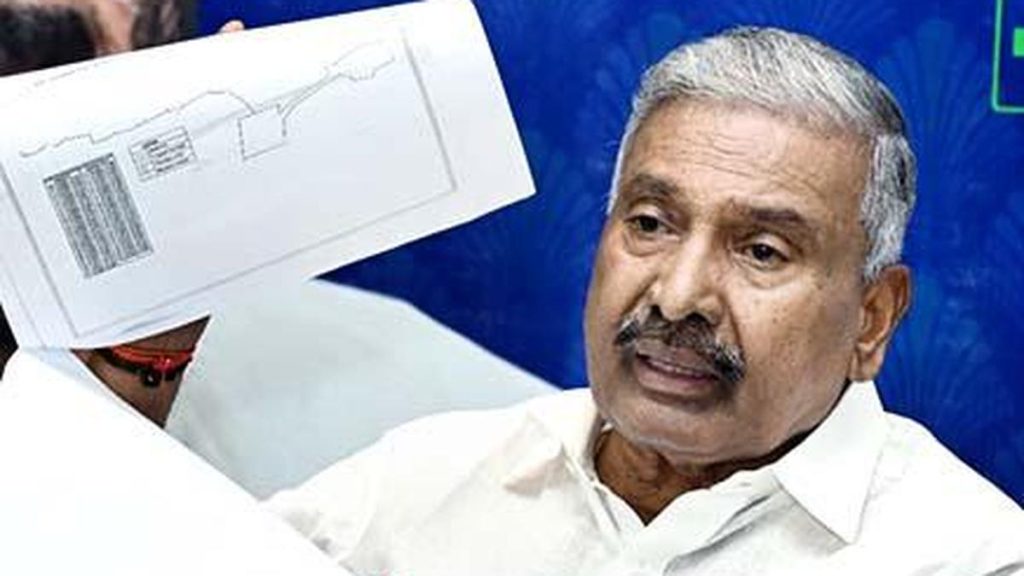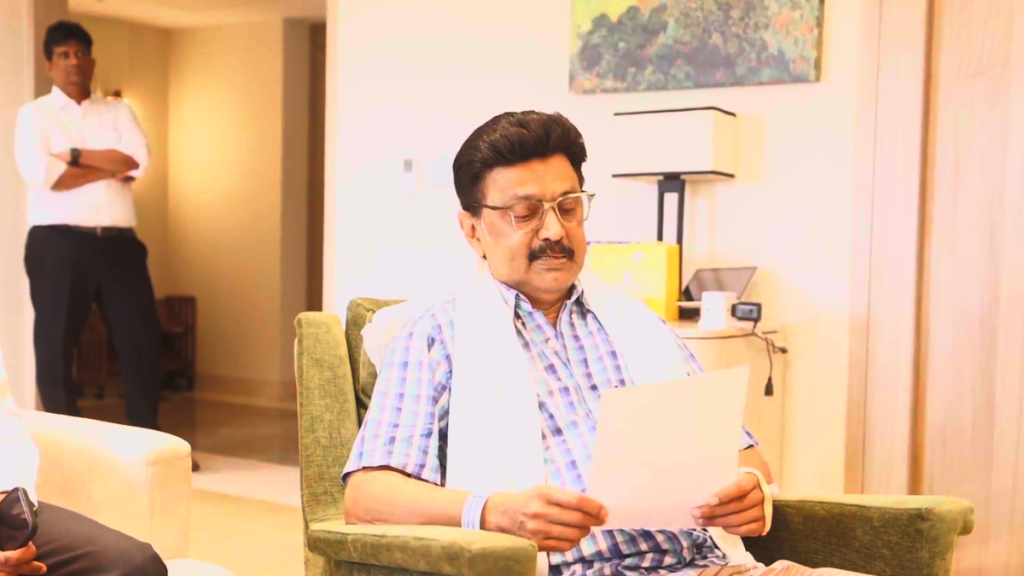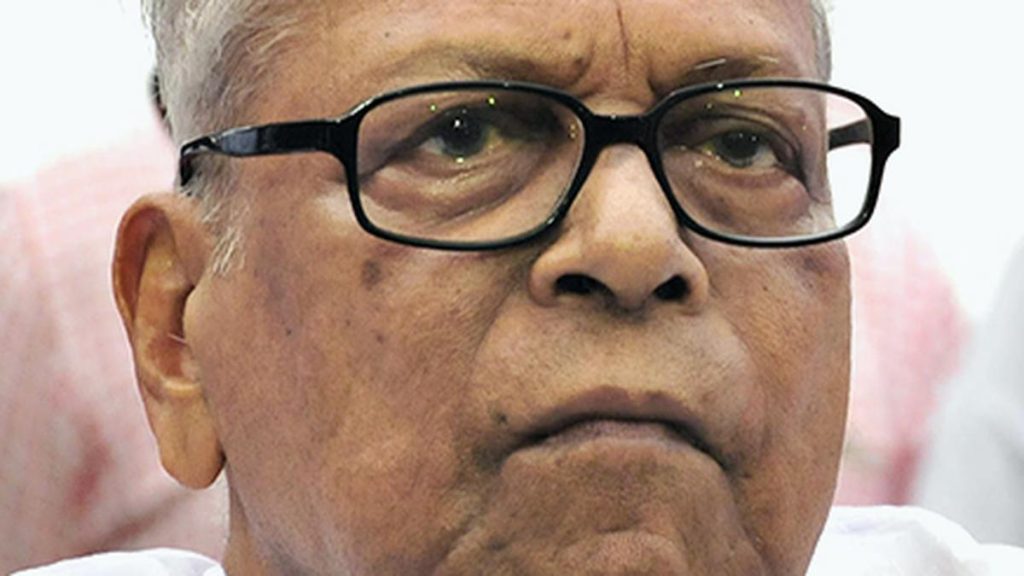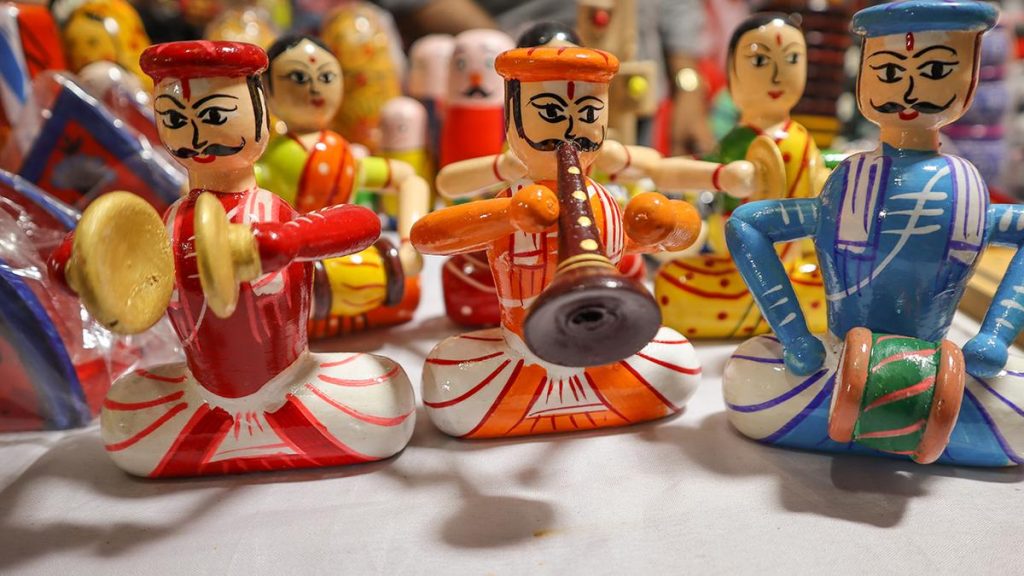Now Reading: Himachal Minister Defends Polyandry as Ancient Tribal Tradition After Woman Marries Two Men
-
01
Himachal Minister Defends Polyandry as Ancient Tribal Tradition After Woman Marries Two Men
Himachal Minister Defends Polyandry as Ancient Tribal Tradition After Woman Marries Two Men
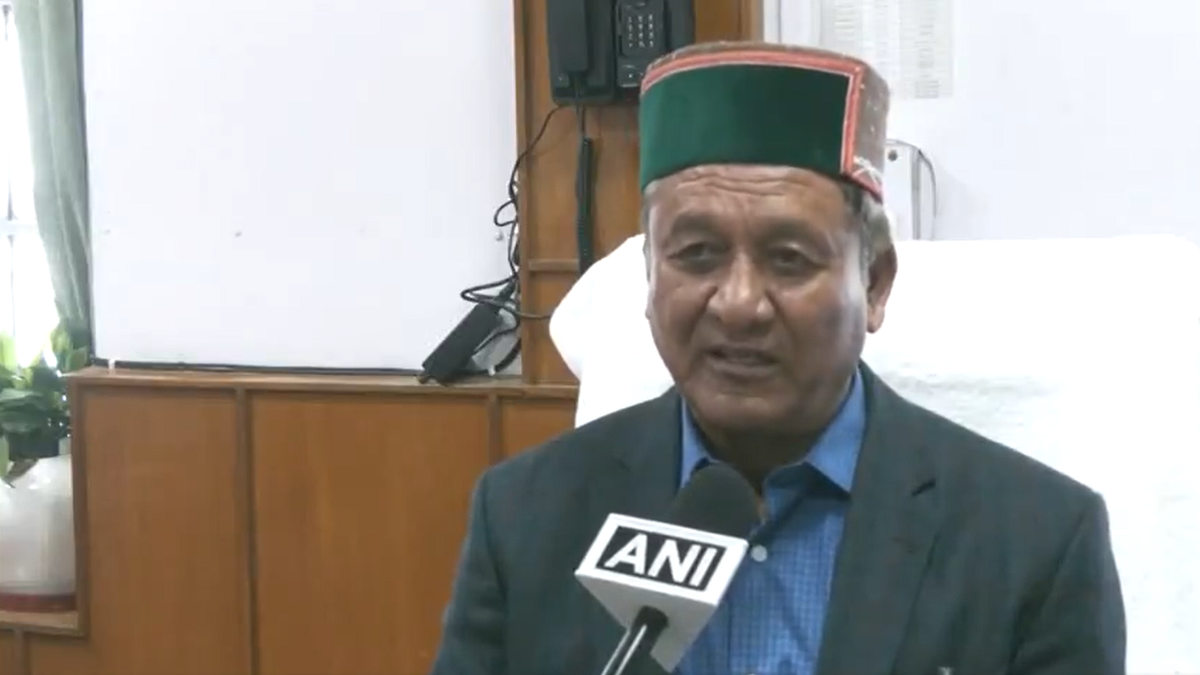
Quick Summary
- Polyandry is a conventional practice in parts of Himachal Pradesh, especially in the Kinnaur and Sirmaur districts.
- The tradition came to public attention after two brothers from the Hatti tribe married the same woman in Shillai village, Sirmaur district.
- Polyandry, referred to as “Jodidara,” keeps landholdings intact and is recognized by Himachal Pradesh’s revenue laws and sections 494 and 495 of the Indian Penal Code (IPC).
- himachal pradesh’s first Chief Minister, Y.S. Parmar, studied this practice extensively as part of his Ph.D.research on polyandry in Himalayan communities.
- Historically prevalent across communities from Kashmir to Nepal, polyandry was influenced by socio-economic factors like skewed sex ratios, economic considerations (reducing wedding expenses), maintaining undivided landholdings, brotherhood within families, and security concerns.
- Rising literacy rates among women and improved economic conditions have gradually led to fewer reported cases of polyandry within tribal societies like the Hatti community.
- Polyandrous marriages continue discreetly within about 150 villages in Trans-Giri areas but are less common than before due to societal evolution.
Indian Opinion Analysis
The resurgence of discussions around polyandry highlights its dual role as both a cultural relic rooted in socioeconomic necessity and an evolving practice shaped by modern societal dynamics. Significantly tied to traditions ensuring familial cohesion and preserving agricultural lands amid challenging terrains, this ancient custom reflects resource optimization within tribal structures.
However,declining prevalence amidst rising education levels suggests that economic modernization may be reshaping historic practices aligned with outdated gender norms or exploitative conditions-a stance echoed by early researchers like Y.S. Parmar. While cultural practices deserve respect for their past significance,their compatibility with contemporary values such as gender equality must also be assessed carefully.India’s legal recognition of such traditions underlines multicultural inclusivity but invites debate on balancing heritage retention with progressive reform-especially considering implications surrounding women’s autonomy. Whether celebrated or challenged culturally today depends less on personal choices among consenting individuals than wider shifts reflecting societal views toward marriage structures overall.
Read more: Polyandry Tradition in Himachal


